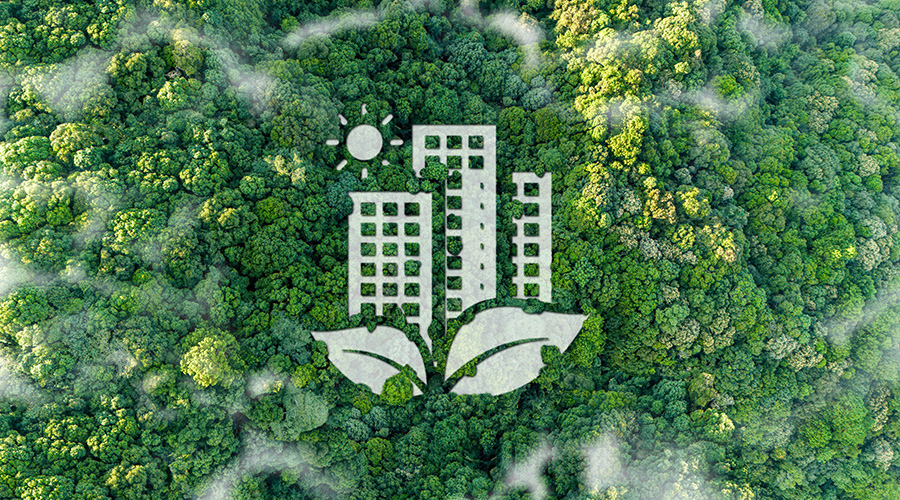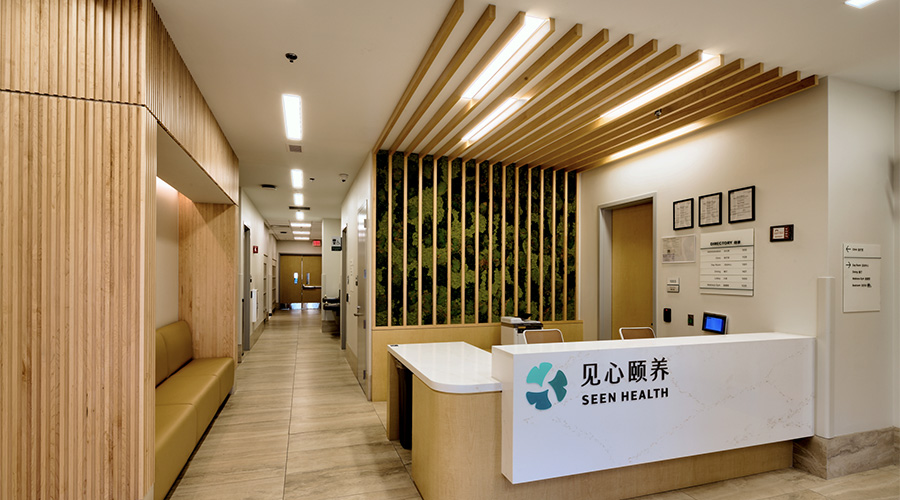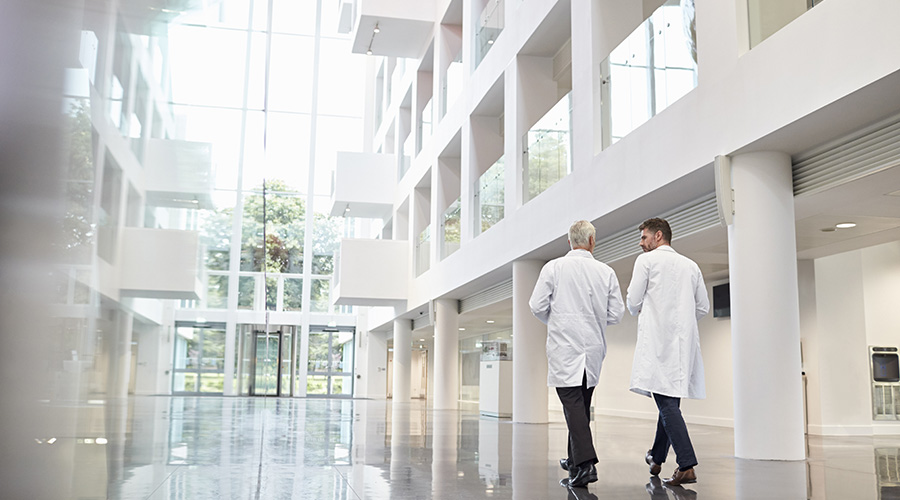After placing second last year, the Chicago market claimed the top spot with 66 percent of its space qualified as green certified according to the fourth annual Green Building Adoption Index study by CBRE and Maastricht University. San Francisco slipped to second, while Atlanta, Houston and Minneapolis again claimed spots in the top five in the 2017 report. “Green” office buildings in the U.S. are defined as those that hold either an EPA ENERGY STAR label, USGBC LEED certification or both.
The study found that institutional owners of office buildings continued to pursue green building certifications in the 30 largest U.S. markets. 10.3 percent of all buildings surveyed are Energy Star labeled, while 4.7 percent are LEED certified, both slightly ahead of last year’s totals, although the total percentage of certified space fell slightly due to expiration of some certifications.
This year’s study also examined the potential impact of municipal energy disclosure regulations on green building adoption rates. Nine of the top 10 cities have implemented benchmarking ordinances, and several of those have experienced measurable increases in green certifications. Cities with benchmarking ordinances have 9 percent more Energy Star and LEED certified buildings, and 21 percent higher Energy Star and LEED certified square footage.
“While it is still too early to make a definitive correlation between benchmarking ordinances and the rate of growth in ‘green’ buildings, this year’s findings do begin to establish a link that will be studied closely in the future,” says David Pogue, Global Director of Corporate Responsibility with CBRE.
“Even though the current federal legislative agenda has shifted the focus away from energy efficiency and sustainability, the momentum in the commercial real estate industry toward improving building operating performance and enhancing building quality is hard to derail,” says Dr. Nils Kok, associate professor at Maastricht University.
A feature again this year is a geographic mapping platform that highlights the name, location and details of the specific green certification for each building in all 30 markets.
Again executed in close collaboration with the U.S. Green Building Council (USGBC) and CBRE Research, this year the report also included research and commentary from the Institute for Market Transformation. This is the fourth release of the annual Green Building Adoption Index. Based on a rigorous methodology, the Index shows the growth of ENERGY STAR- and LEED-certified space for the 30 largest U.S. office markets, both in aggregate and in individual markets, over the previous 10 years. View the study’s findings HERE.

 How Efficiency Checklists Help Hospitals Save Energy, Water and Money
How Efficiency Checklists Help Hospitals Save Energy, Water and Money Designing with Heart: Seen Health Center Blends Cultural Warmth and Clinical Care
Designing with Heart: Seen Health Center Blends Cultural Warmth and Clinical Care Rutgers Health and University Hospital Breaks Ground on Campus Expansion
Rutgers Health and University Hospital Breaks Ground on Campus Expansion What to Consider When Modernizing Healthcare Facilities
What to Consider When Modernizing Healthcare Facilities Corewell Health Beaumont Troy Hospital to Build New Tower
Corewell Health Beaumont Troy Hospital to Build New Tower